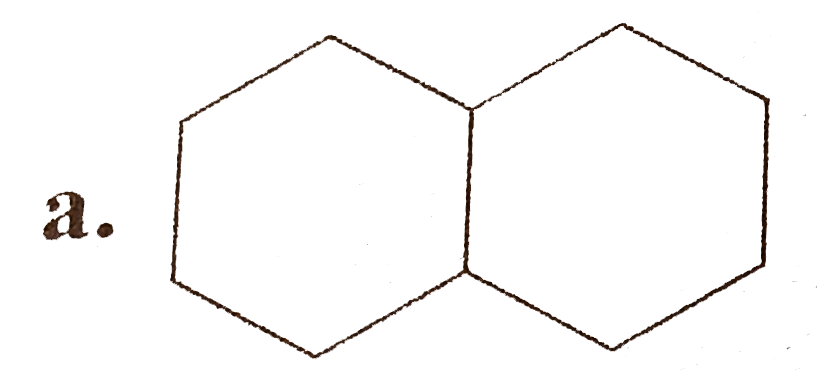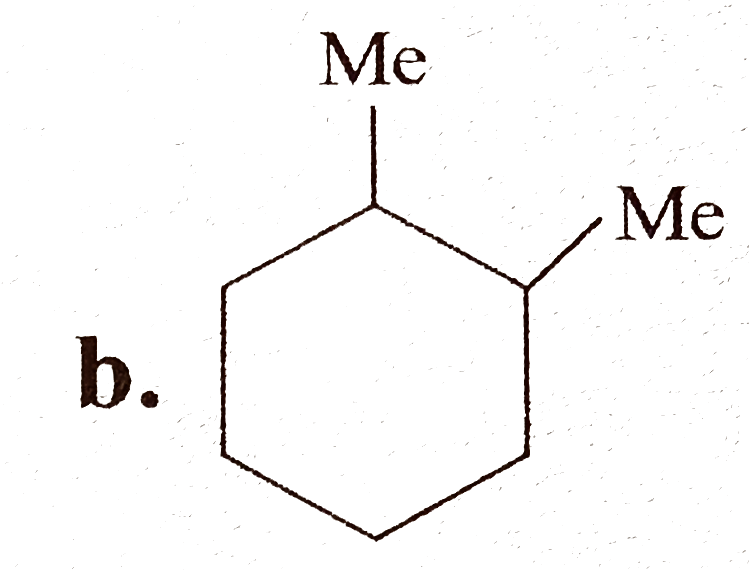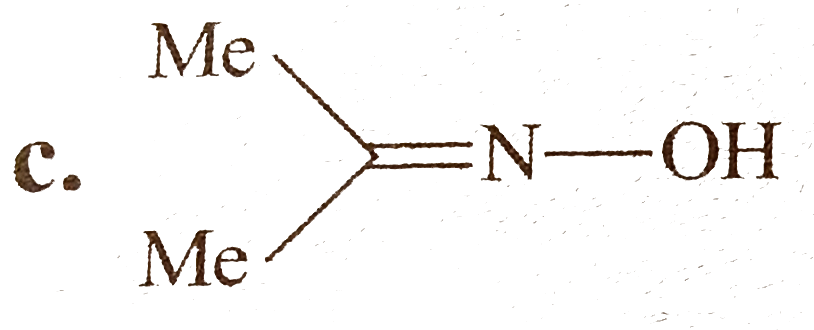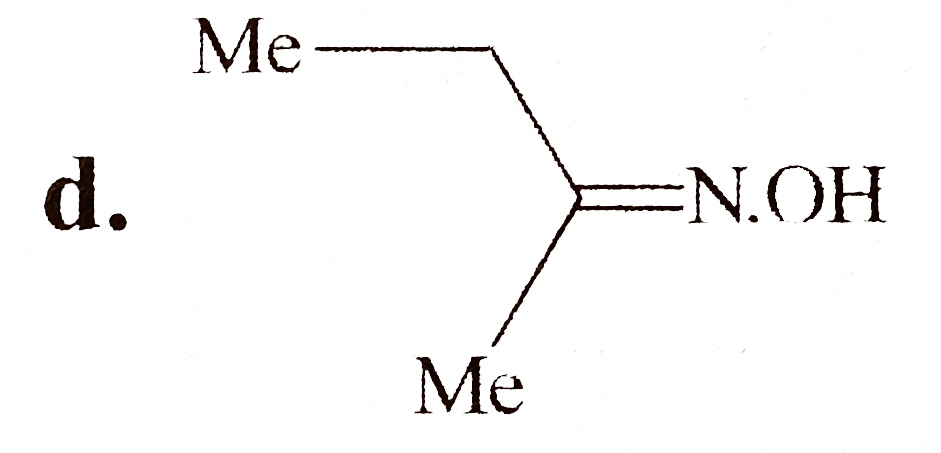Which of the following materials fall in the category of a pure substance ?
(a) Ice
(b) Milk
(c ) Iron
(d) Hydrochloric acid
(e ) Calcium oxide
(f) Mercury
(g) Brick
(h) Wood
(i) Air.
To determine which of the given materials fall into the category of pure substances, we need to understand what a pure substance is. A pure substance is defined as a material that has a uniform and definite composition. This means that if you take samples from different parts of the substance, they will have the same composition without any impurities.
Now, let's analyze each option:
1. Ice (H2O): Ice is made entirely of water molecules (H2O) and does not contain any impurities. Therefore, ice is a pure substance.
2. Milk: Milk is an emulsion that contains fats, proteins, and water, which means it has varying compositions and impurities. Thus, milk is not a pure substance.
3. Iron (Fe): Iron is a metal that is composed entirely of iron atoms. There are no impurities in a pure iron bar, so iron is a pure substance.
4. Hydrochloric acid (HCl): Hydrochloric acid is a chemical compound made up of hydrogen and chlorine in a fixed ratio. It does not contain impurities when it is in its pure form. Therefore, hydrochloric acid is a pure substance.
5. Calcium oxide (CaO): Calcium oxide is a compound made solely of calcium and oxygen in a fixed ratio. It does not contain impurities, so calcium oxide is a pure substance.
6. Mercury (Hg): Mercury is a metal that exists in its pure elemental form without any impurities. Hence, mercury is a pure substance.
7. Brick: Bricks are made from clay and may contain various materials and impurities. Therefore, bricks are not pure substances.
8. Wood: Wood is a natural material that contains cellulose, lignin, and other compounds, which can vary from one piece to another. Thus, wood is not a pure substance.
9. Air: Air is a mixture of gases (like nitrogen, oxygen, carbon dioxide, etc.) and contains various impurities. Therefore, air is not a pure substance.
Now, summarizing the analysis, the materials that fall into the category of pure substances are:
- Ice
- Iron
- Hydrochloric acid
- Calcium oxide
- Mercury
Final Answer:
The pure substances from the given options are:
- Ice
- Iron
- Hydrochloric acid
- Calcium oxide
- Mercury
- Ice
- Iron
- Hydrochloric acid
- Calcium oxide
- Mercury
The pure substances from the given options are:
- Ice
- Iron
- Hydrochloric acid
- Calcium oxide
- Mercury
Topper's Solved these Questions
- IS MATTER AROUND US PURE?BOOK - NCERT ENGLISHCHAPTER - IS MATTER AROUND US PURE?EXERCISE - Questions
1 Videos
- ATOMS AND MOLECULES BOOK - NCERT ENGLISHCHAPTER - ATOMS AND MOLECULES EXERCISE - Exercise
25 Videos
- MATTER IN OUR SURROUNDINGSBOOK - NCERT ENGLISHCHAPTER - MATTER IN OUR SURROUNDINGSEXERCISE - Exercise
26 Videos
Similar Questions
Knowledge Check
Which one of the following substances has highest specific heat capacity at room temperature and atmospheric pressure ? a) Water b) Ice c) Aluminum d) Mercury
AWaterBIceCAluminiumDMercury
Classify the following into elements, compounds and mixtures.
(a) Sodium
(b) Soil
(c ) Sugar solution
(d) Silver
(e ) Calcium carbonate
(f) Tin
(g) Silicon
(h) Coal
(i) Air
(j) Soap
(k) Methane
(l) Carbon dioxide
(m) Blood
View SolutionWhich of the following is used for dissolution of gold?
(a) Hydrochloric acid (b) Sulphuric acid
(c ) Nitric acid ,(d) Aqua regia
View SolutionUnder which of the following category, the given structure of amino acid can be classified?
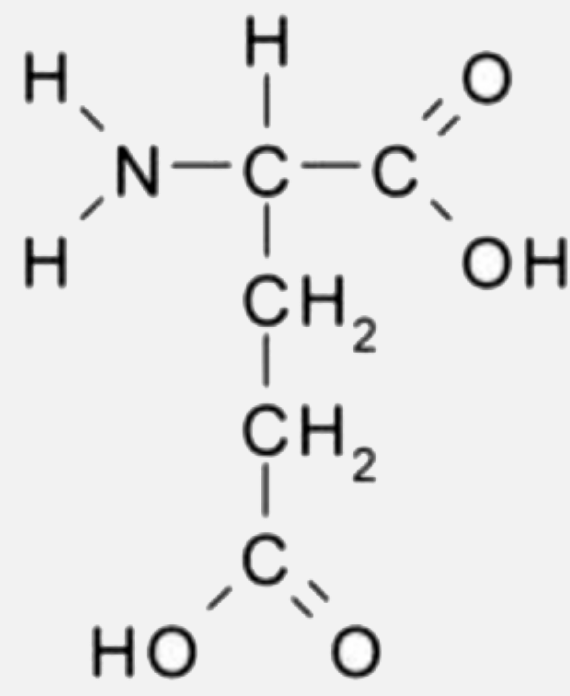
(a) Acidic
(b) Basic
(c) Neutral
(d) None of these
View SolutionDefine the following with an example for each :
(a) Pure substance (b) Impure substance
(c) Alloy (d) Solution
(e) Heterogeneous mixture (f) Homogeneous mixture
View SolutionWhich of the following are chemical changes ?
(a) Growth of a plant
(b) Rusting of iron
(c ) Mixing of iron filings and sand
(d) Cooking of food
(e ) Digestion of food
(f) Freezing of water
(g) Burning of a candle
View SolutionArrange the following substances in order of their increasing density :
(a) iron (b) cork (c) brass (d) water (e) mercury.
View SolutionWrite the molecular formulae of :
(a) Sodium sulphide
(b) Magnesium oxide
(c) Calcium hydroxide
(d) Hydrogen chloride
(e) Sulphuric acid
(f) Iron (II) sulphide
(g) Iron (III) sulphite (h) Nitric acid
(i) Calcium phosphate
(j) Aluminium sulphate
(k) Magnesium nitride
View Solution

